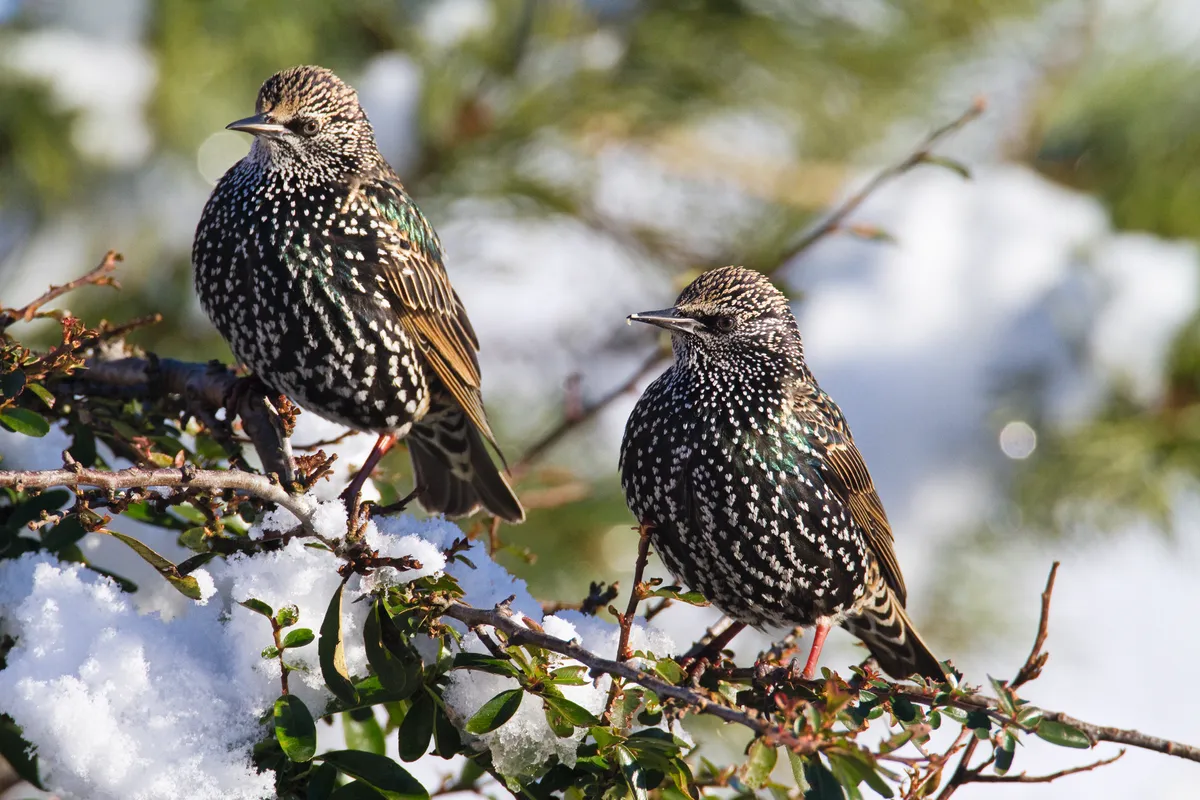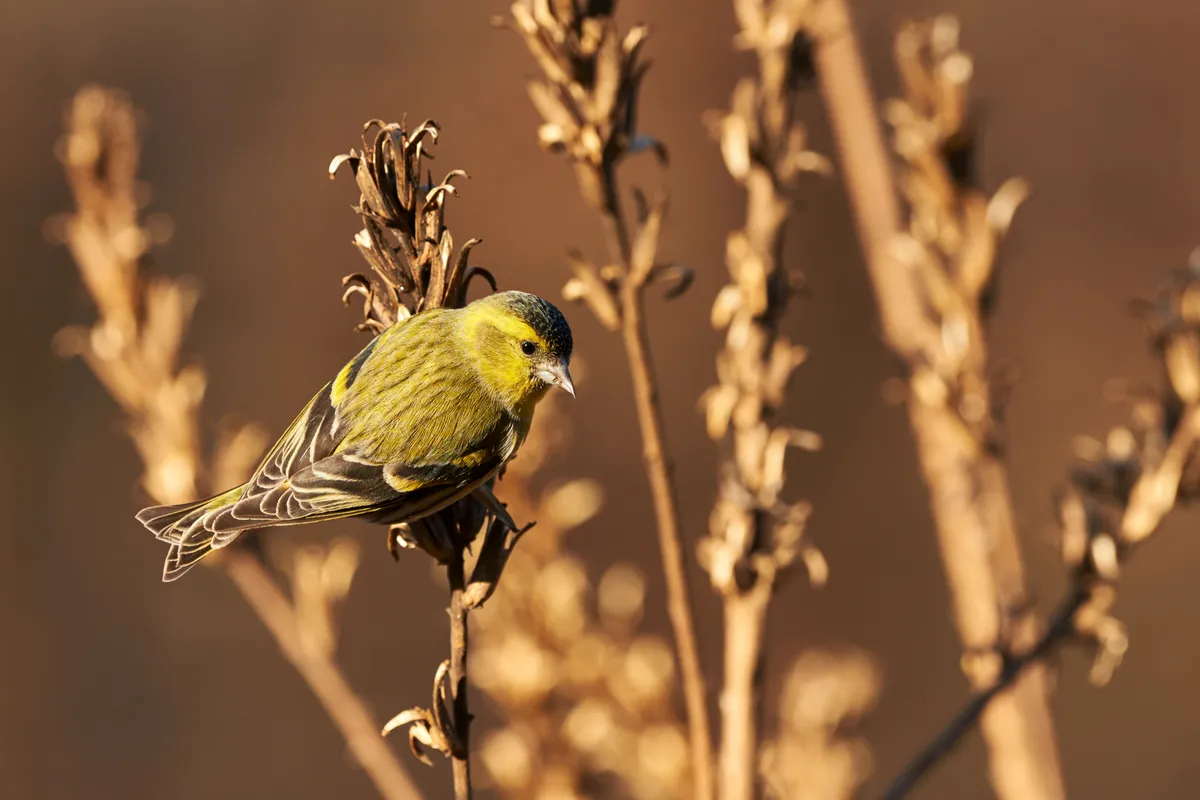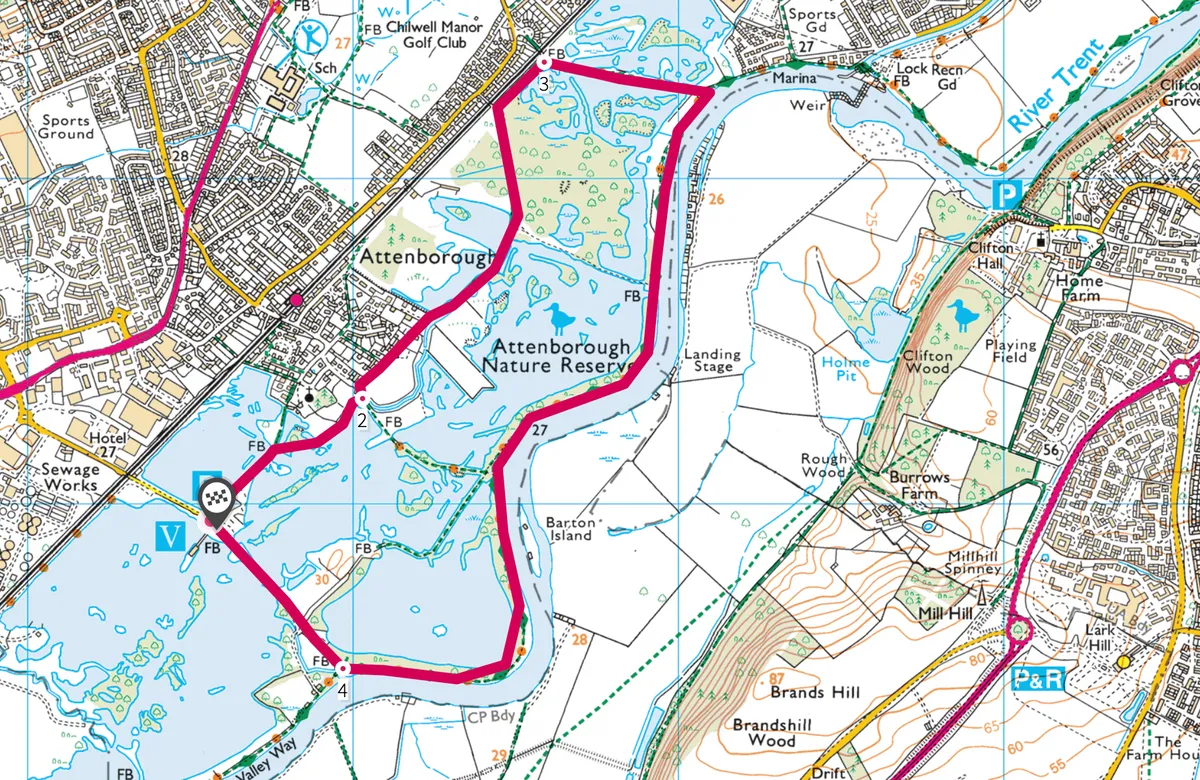At Attenborough Nature Reserve, hundreds of starlings swarm the pale winter sky. They move as one, twisting and turning, rapidly changing direction, yet never break rank. The formation flows like liquid, darkening as the birds cross over each other, then paling again as the birds stretch out.
The murmuration is a work of art in the sky, the birds’ swirling movements reminiscent of the practice of t’ai chi. As the sun sets and the starlings drop to the reed beds to roost, you know the spectacle is over.

Visiting Attenborough Nature Reserve
Attenborough Nature Reserve lies between Derby and Nottingham beside the River Trent and is easily accessed by train, car and bike from both cities. Made up of nine flooded gravel pits, broken up by islands and spits, the reserve is awash with resident and overwintering birds. Cattle, little and great egrets have all been spotted at Attenborough, while last winter the attractive Slovenian grebe caused much excitement. But it is the starling murmurations at sunset that steal the show.
Arrive at the reserve a couple of hours before dusk to walk or cycle the Kingfisher Route for an opportunity to see the full cast of winter wildlife.
Attenborough Nature Reserve walk
3.8 miles/5.6km | 2 hours| easy
1. Wildfowl island
At the junction of Barton Lane and Church Path, turn left from the car park to cross the bridge to the reserve’s island café, visitor centre and shop. With its ceiling-to-floor glass windows and waterside balcony, it is a superb place to warm up with a hot soup and watch the wildfowl. Returning to the junction, cross over and continue along Church Path between Tween and Church ponds. Take time to observe the water birds from the viewing screen on the path.
You may also like:
2. Ponds and delta
Keep left to follow the path between Attenborough village and Corbett’s Meadow then Glebe Field, the most species-rich grassland on the reserve. Works Path crosses between Works Pond and Main Pond before plunging into woodland at the Delta Sanctuary. Keep an eye open for redpolls and siskins in the alders, where thrushes, tits and finches also gather.

3. Spot the starlings
Turn right on to North Path, crossing over Beeston Pond. Soon you will meet the River Trent. Follow the path between the ponds and the river south then west. The section overlooking the Delta between the bird hide and the Bunt, as well as at Clifton Pond, have all played host to great displays of murmurations in recent years.
4. Dusk return
Keep right to follow Barton Lane through the gathering darkness back to the visitor centre and your starting point.
Attenborough Nature Reserve map
Attenborough Nature Reserve walking route and map

